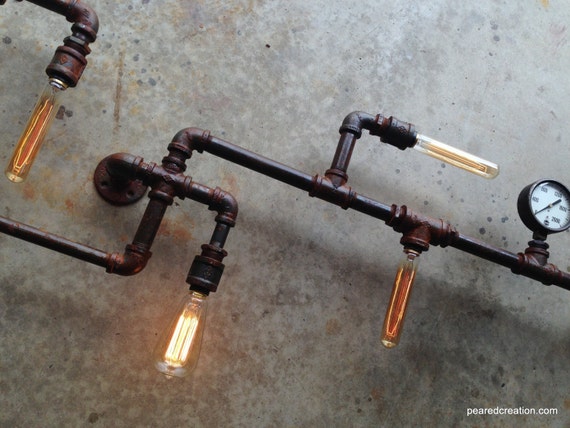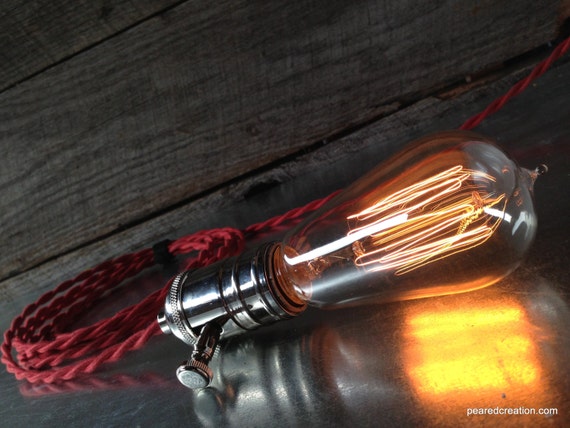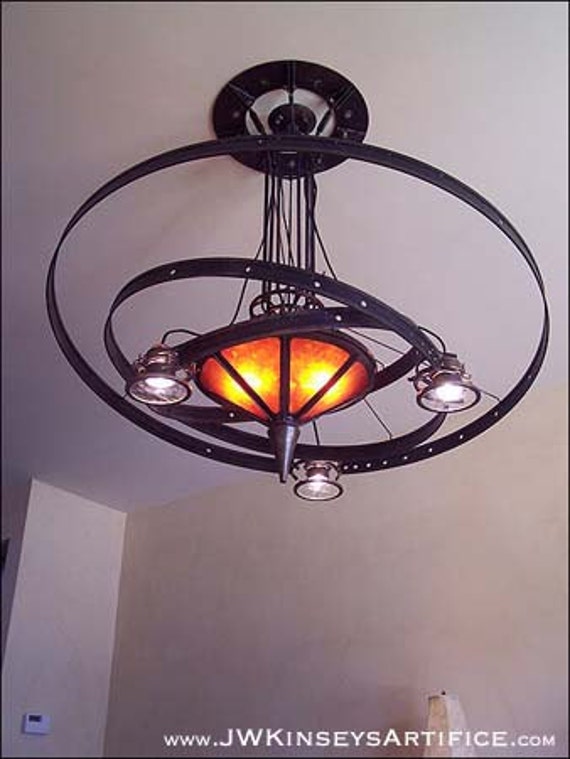The do-it-yourself aspect of steampunk house decor means that more time and energy needs to be put into the creation of one’s home than is often expected in modern or mainstream decor homes. Items are not simply plucked from Walmart shelves and ordered from IKEA catalogues, but rummaged out of vintage shop bins, and put together by individuals who are able to let their skills and creativities blossom in the creation of household objects that are unique and truly one’s own. Because of steampunk’s blurred aesthetic lines in terms of defining what is and what is not steampunk, the idea of personal creations enables individuals' own distinctive tastes and characterizations of steampunk designs to come to life. Furthermore, the creations of personalized goods by doing-it-oneself allows homeowners to have the satisfaction of knowing the quality of their productions. Individuals may not be able to comprehend the quality of mainstream household objects until after they have been purchased. Personally, I’ve boughten many articles of furniture from corporate retailers such as Walmart, IKEA, and Zehrs that are aesthetically pleasing, but do not hold up well when faced with every-day wear and tear. However, when I do-it-myself and put the time into creating items for my home, I can ensure that they are quality products because I am a good judge of my own skills. It seems that the objects that last are those that are created personally with attention to details and a great inputs of time.
Datamancer, also known as Richard Nagy, praises the, “lost art of manufacture and fabrication” (Robb 169) that was present in the Victorian era but may be understood as lost today in a culture where machines create and build products, or many individuals work on small portions of larger objects in assembly lines. He suggests that, “craftsmen of the [past] were keen to show off their handiwork. There was also a wider appreciation of the aesthetics of the industry that is lacking in the sleek world of Apple computers” (Robb 170). Datamancer is revealing the admiration within the steampunk community for craftsmanship found in hand made and do-it-yourself goods for homes. As steampunk homeowners often have do-it-yourself attitudes about the interior designs of their houses, they are able to create objects that are not only truly customized and individual, but may be of good qualities; characteristics that may empower homeowners as they are able to be proud of their creative handiworks.


 |
| Examples of the many varieties of truly unique steampunk aesthetics within homes that owners are able to customize through do-it-yourself creations |
By doing-it-oneself, homeowners are able to build and create spaces that allow them to explore and express their own identities through escaping from mainstream cultural medias and aesthetics. Museum Studies professor Jeanette Atkinson suggests, “The craving for individuality and the search for identity in Steampunk communities focuses on history, fashion and the creation of material culture. Identity and a construction of self are linked to a preoccupation with reimagining the past and revisualising the present, a desire to escape to another time, another world, which could, potentially, be described as a form of utopia.” (Atkinson 1-2). By embracing a culture in which objects, furniture, appliances, and aesthetic elements may be made by individuals for their homes, steampunk homeowners are able to create spaces that allow them to escape to ‘another world’ that combines both the past and present and, in doing so, are able to better understand and form their own personal identities. As steampunkers' identities may be considered alternate and consisting of elements other than those comprising the identities of ‘mainstream’ individuals who do not wish to escape from modern aesthetics and cultures, it may be difficult for steampunkers to feel as if they are a part of mainstream society or they may have difficult times fitting in. As the visual elements that make up many cities, towns, and public or work buildings do not consist of steampunk aesthetics or decor, it is, perhaps, only in steampunk enthusiasts’ homes in which they have personally created elements through a do-it-yourself design that they are able to escape and truly understand and embrace their own identities. Overall, the do-it-yourself aspect of steampunk creates, not only unique objects, but unique escapist environments that allow homeowners to truly express their individualities through the design and personal production of their homes.



















